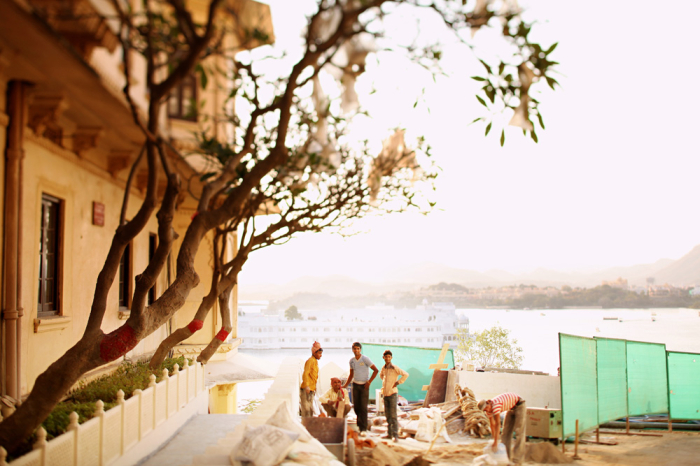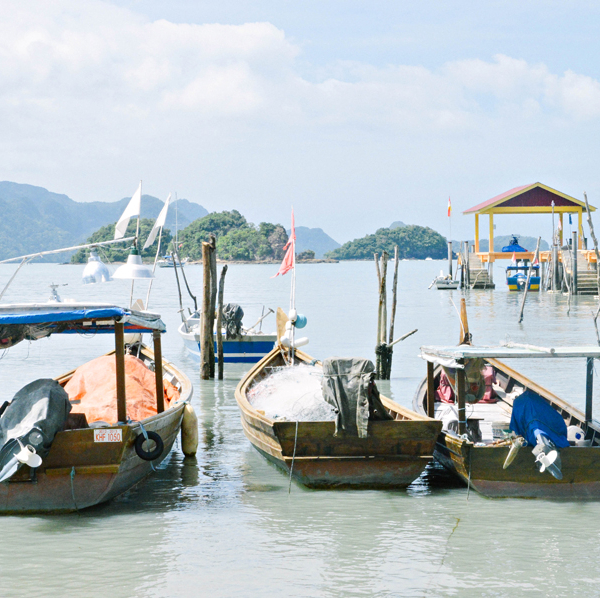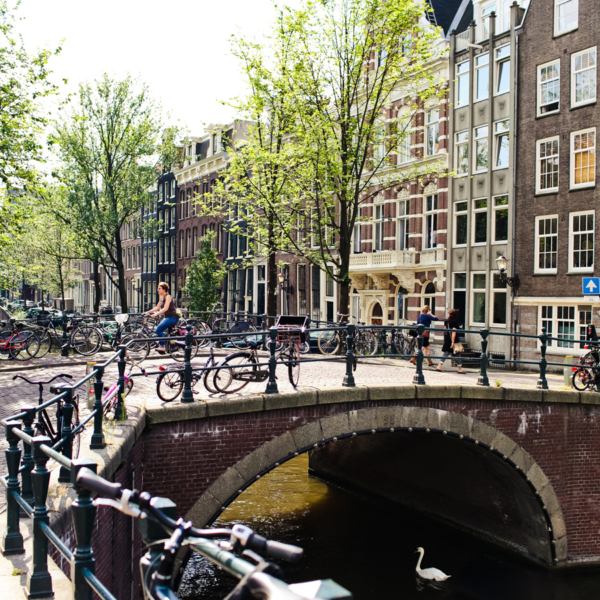Bundled up against the cold gust of the Arctic wind, I stared out over the endless ocean of ice and fog in front of me, hoping the spot I saw in the distance was in fact a polar bear. After four days at sea on one of the foggiest July trips on record around Svalbard, we had yet to spot a polar bear. In contrast, the ship the week before had 18 sightings on their 12 days at sea!
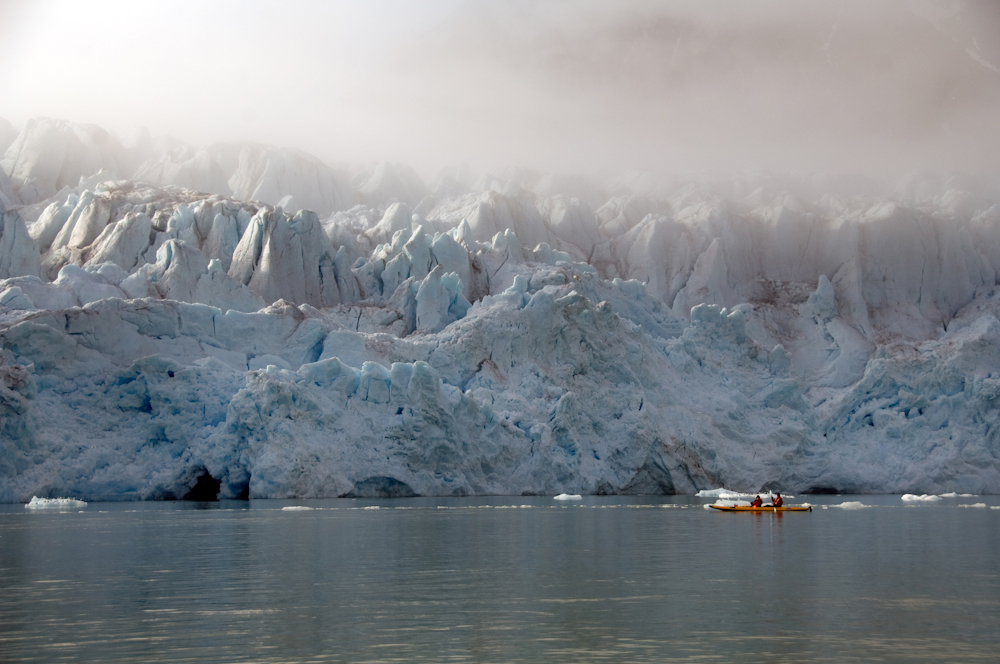
During the summer in Svalbard – an archipelago north of Norway in the Arctic Circle – the midnight sun never sets. I was planted all night long on the bow of the ship taking in the incredible scenery before me. Finally, on our fourth evening at sea, a polar bear appeared out of the heavy fog and walked on the ice floes alongside our ship for about an hour! In that moment I realized that being in the land of the ice bears is truly an experience one does not forget.
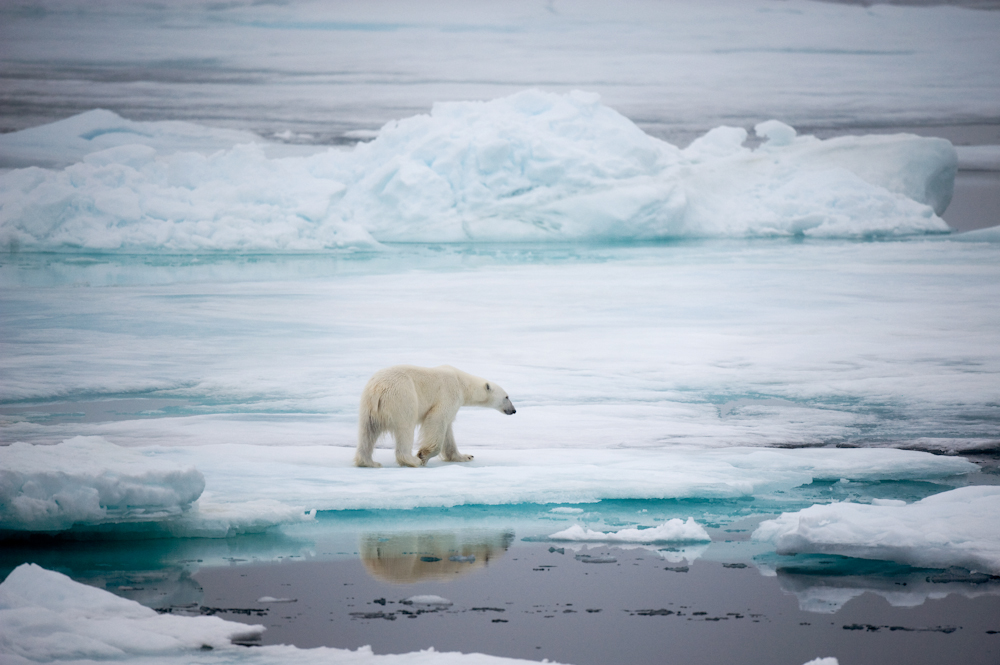
This trip has no itinerary and the bears, seals, whales and walruses guide the course of the expedition. The day-to-day schedule is different for each trip as you explore glaciers, icebergs, fjords and, of course, the amazing wildlife. The activities are endless and every day there are a variety of options available. From canoeing next to icebergs, taking a zodiac ride to a pod of walruses, or hiking through the mud to see the ruins from the first Arctic explorers, you’ll never find yourself without something exciting to see and do!
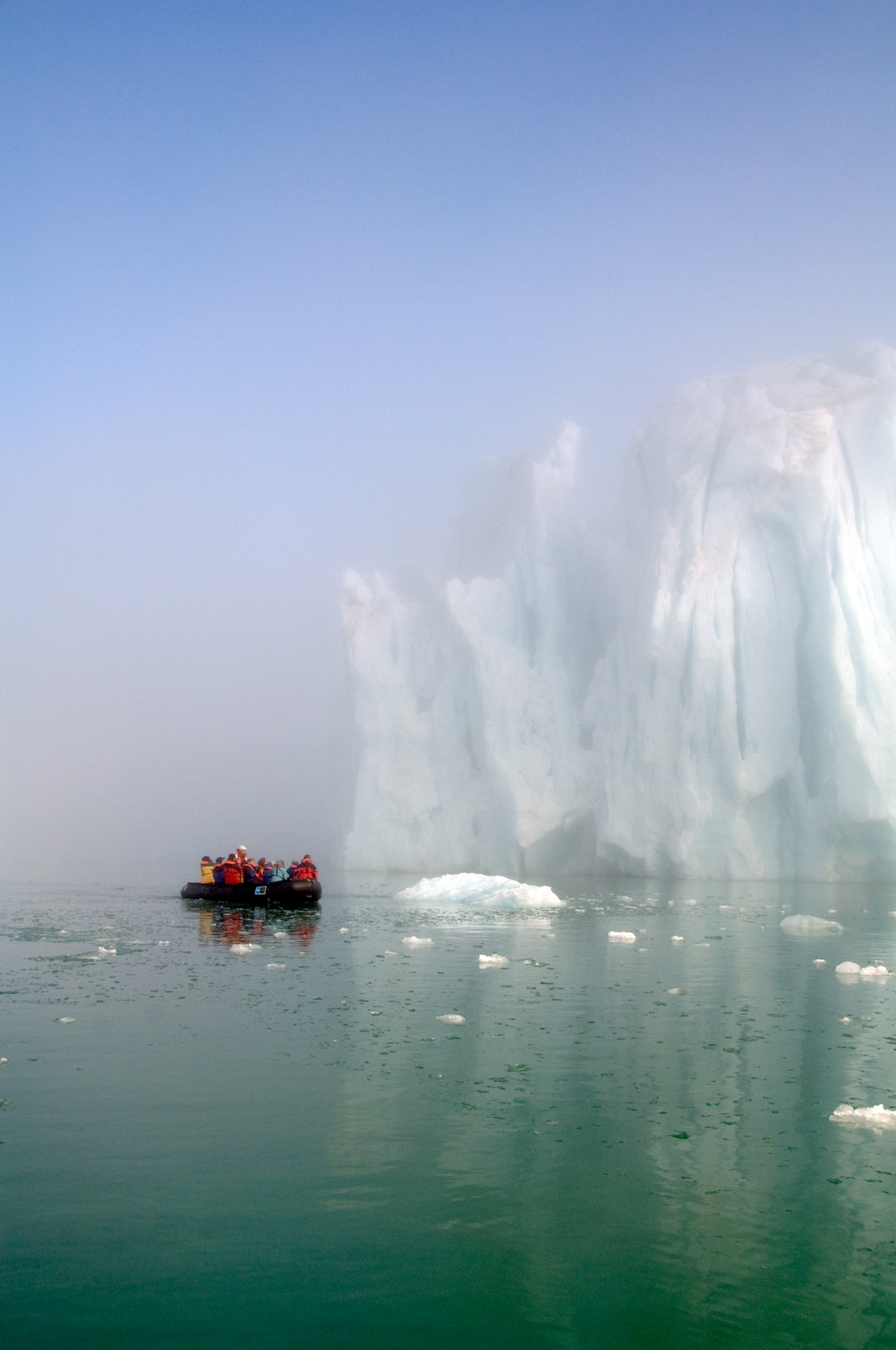
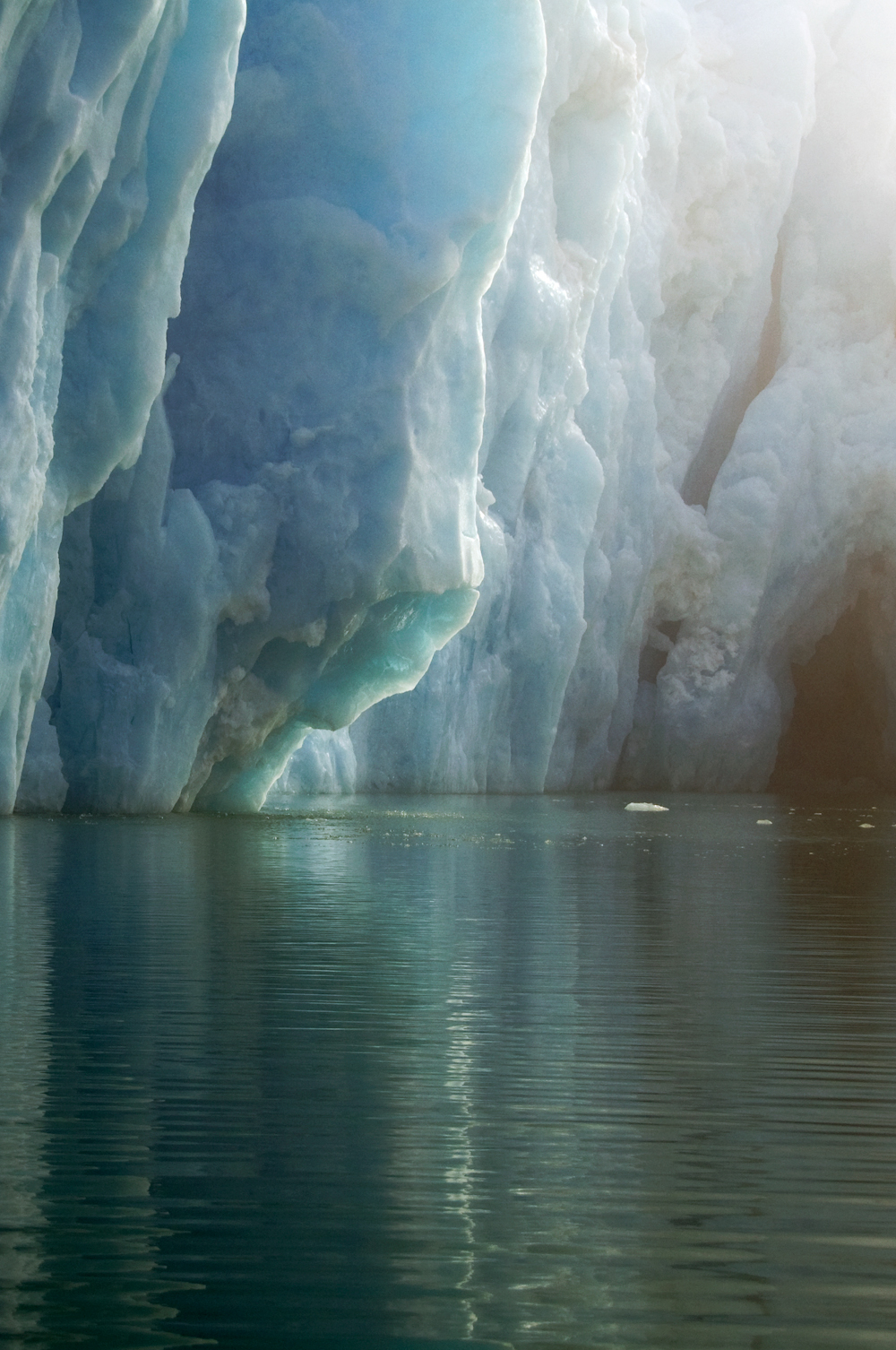
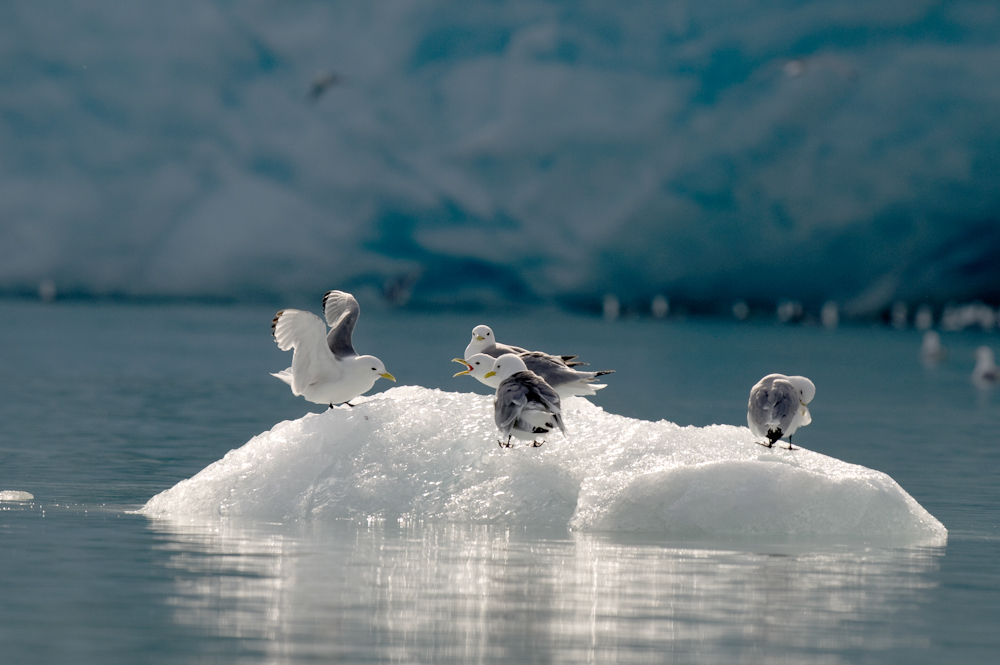
The wildlife viewing opportunities are abundant. Seeing the icon of the Arctic, the polar bear, in her natural habitat is incredible and an inspiration to remember what needs protecting in our ever-changing world climate. Seeing the pods of walruses was another favorite experience of mine. They are quite comical in person, large and cumbersome with an unfortunate smell, but they are incredibly curious and bobbed in and out of the water just as interested in me as I was in them. Unlike trips to Africa or South America where you might spend days looking for a particular bird, the Arctic provides amazing birding en masse. There are breathtaking bird cliffs where thousands of kittiwakes and black guillemots nest. We were also fortunate to see thousands of kittiwakes feeding in the waters by Monocabreen glacier where the ice had just melted for the summer, leaving the invertebrates and tiny fish at the surface of the water exposed for a feeding frenzy.
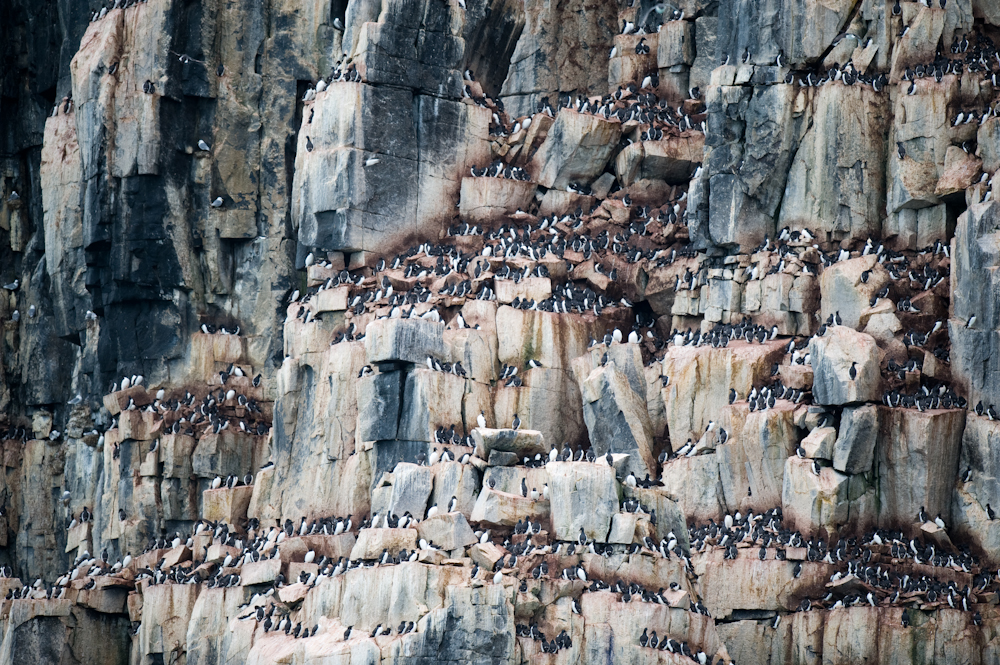
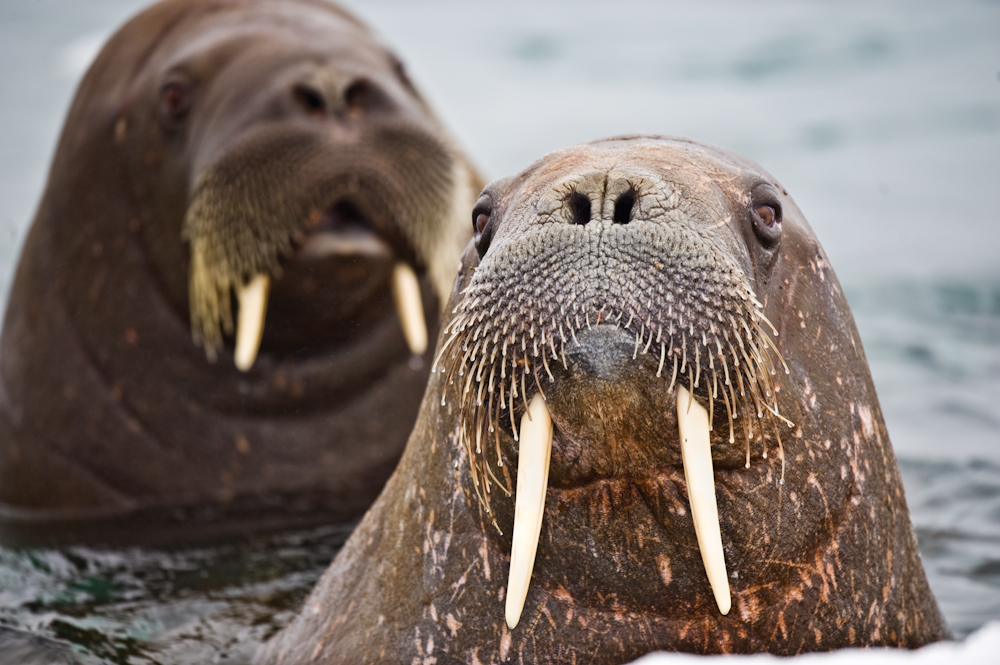
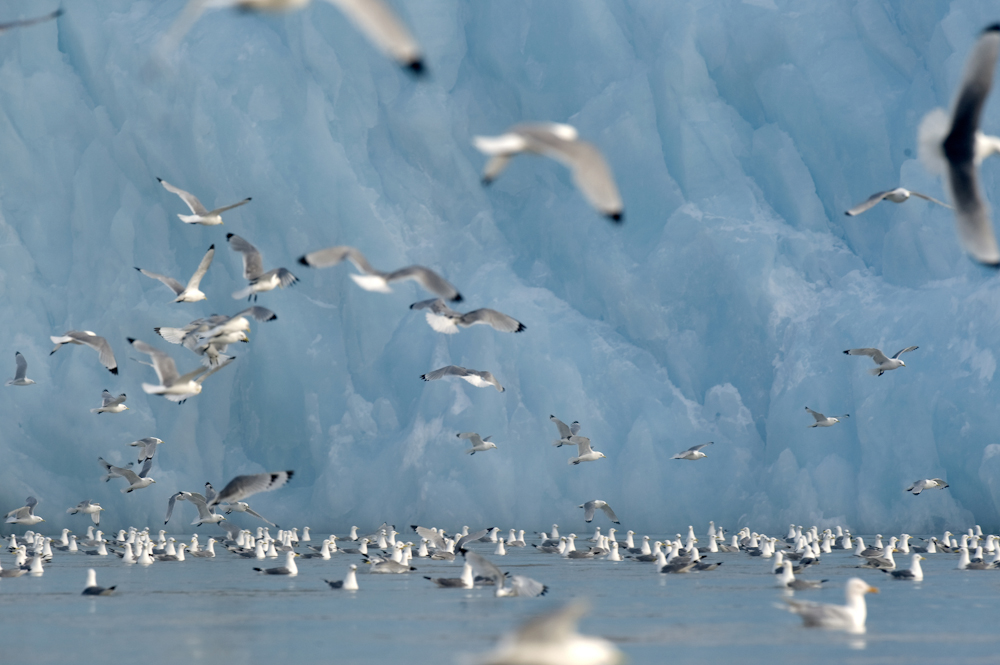
The Details
National Geographic Expeditions
11-day sailings, June 2014
from $8,990
Helpful Hints
- Make sure your warm clothes are also waterproof. You’ll want to create a seal from your neck to your toes that is both wind and water-resistant!
- Head to the chart room in the afternoon for some tea and hot chocolate, which warms you up from the inside out and gives you a chance to chat with some of your fascinating shipmates and crew.
- Don’t be afraid to ask questions! The naturalists are brilliant and know a lot more about what you’re looking at than you do. Don’t hesitate to ask about conservation, behavior, identifying species or anything else you might be wondering about!
Rebecca Yale is a documentary and portrait photographer living in New York City who loves to travel the world photographing causes she is passionate about like conservation and child protection.
